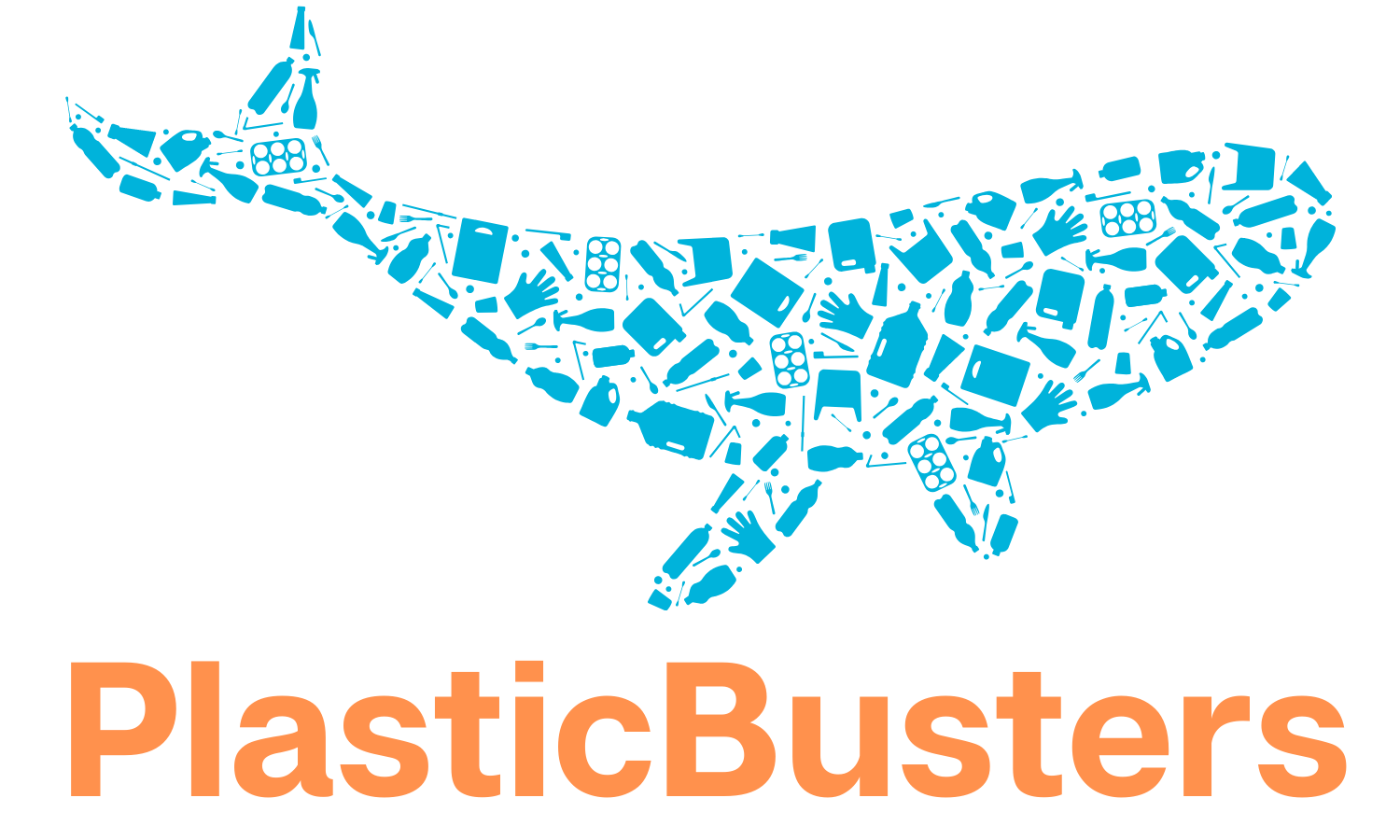Plastic Packaging in the Food and Drink Industry: Types, Effects, Alternatives
Plastics have become an indispensable material in packaging food and drinks due to their low cost, lightweight, and durability. However, the impact of plastic packaging on the environment and human health has led to a growing concern, leading to a search for alternative and sustainable packaging solutions. There are various types of plastics used in food and drink packaging, each with different properties, production processes, and effects on human health and the environment.
The most common types of plastic used in food packaging are polyethylene terephthalate (PET), high-density polyethylene (HDPE), low-density polyethylene (LDPE), polypropylene (PP), and polyvinyl chloride (PVC). PET is commonly used to package drinks, such as water and soda, due to its clarity, light weight, and high tensile strength. HDPE is commonly used for packaging dairy products, such as milk, due to its good barrier properties, making it an effective material for preserving freshness. LDPE is often used for packaging fresh produce, such as fruits and vegetables, due to its flexibility and puncture resistance. PP is commonly used for packaging processed foods, such as baked goods, due to its heat resistance and low permeability to air. PVC is used for packaging products that require a high degree of flexibility, such as cooking oils and sauces.
The production of these plastics typically involves the polymerization of petrochemical monomers, which can have a significant impact on the environment. The production process releases greenhouse gases, such as carbon dioxide, and contributes to the depletion of finite fossil fuel resources. Additionally, the production and disposal of plastic packaging can lead to the release of harmful chemicals, such as bisphenol A (BPA), into the environment, which can have adverse effects on human health.
Recycling is an important aspect of reducing the impact of plastic packaging on the environment. Some types of plastics are more easily recyclable than others. PET, HDPE, and PP are considered to be highly recyclable and are often collected in recycling programs. However, LDPE and PVC are less commonly recycled, and often end up in landfills or the ocean. Improper disposal of plastic packaging, such as littering or dumping, can lead to the release of microplastics into the environment, which can harm wildlife and enter the food chain.
Examples of the use of different types of plastics in food and drink packaging include:
PET bottles for drinks, such as water, soda, and sports drinks
HDPE containers for dairy products, such as milk, yogurt, and cheese
LDPE bags for fresh produce, such as fruits and vegetables
PP containers for processed foods, such as baked goods and snacks
PVC packages for cooking oils and sauces.
As a result of the negative impact of plastic packaging on the environment and human health, there has been a growing interest in alternative packaging solutions. Biodegradable and compostable packaging materials, such as paper, cellulose, and plant-based bioplastics, are being developed as more sustainable options. These materials are produced from renewable resources and can be broken down by natural processes, reducing the impact on the environment. Additionally, some alternative packaging materials, such as glass and metal, are easily recyclable and have a long lifespan, reducing the need for frequent replacement.
The following are a few examples of products readily available to substitute traditional plastic packaging:
Edible packaging: A type of packaging made from edible materials, such as seaweed, that can be consumed along with the food product.
Plant-based packaging: Packaging made from plant-based materials, such as cellulose, that are biodegradable and compostable.
Paper-based packaging: Packaging made from paperboard, a renewable and recyclable material, that can be used for food and drink products.
Glass packaging: A traditional and sustainable packaging material that can be easily recycled and repurposed.
Metal packaging: A durable and recyclable material that can be used for a variety of food and drink products.
Mushroom-based packaging: A new type of packaging made from mycelium, the root structure of mushrooms, that is biodegradable and compostable.
Biodegradable films: A type of packaging film made from biodegradable materials, such as starch, that can be used for food and drink products.
Furthermore, the following are a few examples of companies that are using more sustainable materials for the food and drink packaging and/or supporting their use::
Sustain Natural: A company that produces personal care and cleaning products packaged in paper-based, compostable packaging.
Ripple Foods: A business that produces plant-based dairy alternatives packaged in recyclable cartons made from paperboard.
Terracycle: A company that specializes in the recycling of difficult-to-recycle materials, including food packaging.
Ekoplaza: A Dutch supermarket chain that offers a range of plastic-free food products, packaged in glass, metal, and compostable materials.
The Fudge Pot: An Australian confectionery company that uses biodegradable and compostable packaging for its products.
Patagonia Provisions: A company that offers sustainable food products, packaged in recyclable or compostable materials.
The Better Packaging Co.: An Australian company that provides a range of sustainable packaging solutions, including biodegradable and compostable options.
In conclusion, plastic packaging is a ubiquitous material in the food and drink industry, but its impact on the environment and human health has led to a growing concern. Different types of plastics are used in food and drink packaging, each with different properties, production processes, and effects on the environment and human health. Recycling and the use of alternative packaging solutions are important steps towards reducing the impact of plastic packaging on the environment. Alternative packaging materials, such as biodegradable and compostable packaging and recyclable materials like glass and metal, are gaining popularity as more sustainable options.
It is important for consumers to make informed choices about the types of packaging they use, as well as for the food and drink industry to embrace sustainable packaging solutions to ensure a healthier and cleaner future for everyone.
We’d love to hear you views – comment below and/or drop us an email at mail@plasticbusters.org and let us know!




